One of the greatest choices we can exercise to navigate our lives is the power of positive thinking. Is our glass half-empty or half-full? How we answer this age-old question changes our outlook on life – and it may even affect our health.
The health benefits of positive thinking
Studies show that optimism and positive thinking is a key part of effective stress management and can provide many health benefits, including:
- Increased life span
- Lower rates of distress
- Greater immunity
- Better psychological and physical wellbeing
- Better cardiovascular health
- Improved resilience
A finding from Johns Hopkins University expert, Lisa R. Yanek, held that people with a family history of heart disease who also had a positive outlook were one third less likely to have a heart attack or other cardiovascular event within 5 to 25 years than those with a more negative outlook.
The mechanism responsible for the connection between health and positivity remains unclear, but researchers suspect that having a positive outlook enables us to cope better with stressful situations, which reduces the inflammatory damage of stress on our body. Another possibility is that hope and positivity help people make better health and life decisions.
Understanding self-talk – is yours positive or negative?
Some common forms of negative self-talk include:
- Filtering – we magnify the negative aspects of a situation and filter out the positive ones
- Personalising – when something undesirable occurs, we automatically blame ourselves
- Catastrophising – we automatically anticipate the worst
Positive thinking doesn’t mean that we ignore life’s less pleasant situations. Rather, we can approach unpleasantness in a more productive way, which often starts with self-talk – the endless stream of unspoken thoughts that run through our head.
Instead of brooding over bad thoughts, we can substitute them with positive thoughts and try to reframe the conversation. As an everyday example, instead of stressing about a traffic jam, appreciate that you can spend a few extra minutes listening to music or take in the beauty of the trees on the side of the road; accept that there is absolutely nothing you can do about the traffic.
As an everyday example, instead of stressing about a traffic jam, appreciate the fact that you can spend a few extra minutes listening to music that you like or appreciating how beautiful the trees or flowers are on the side of the road, accepting that there is absolutely nothing you can do about the traffic.
Viktor Frankl, Austrian neurologist, Holocaust survivor and author of ‘Man’s Search for Meaning’, demonstrated that we all have a choice to carve out a tiny bit of space between a stimulus (something happening) and our response, because in that gap we can decide what we want to do instead of acting on autopilot.
‘I am Responsible’ creates positive emotions
We create everything that’s happening in our lives – good and bad! Self-responsibility is the key to personal effectiveness in every sphere of life. As a leading self-development author stated, “Every time you blame someone else or make excuses, you give your power away. You feel weakened and diminished. Without the acceptance of complete personal responsibility, no progress is possible. On the other hand, once you accept total responsibility for your life, there are no limits to what you can be, do and have.”
Establishing a deeper transformation
In yogic philosophy, a more complete, deeper transformation can only take place when we identify and deal with the six attributes that form the basis of negative expressions in life. They are the conditions of mind that are identified as:
- Passion (Kama)
- Aggression (Krodha)
- Delusion (Moha)
- Greed (Lobha)
- Arrogance (Mada)
- Envy (Matsarya)
Self-generated problems always indicate that there is something that we react against, and we are reacting due to the six components that we have within us which are altering our thoughts, attitude, perception, behaviour, actions, needs and desires.
Everlasting inner positivity can be achieved by cultivating the six opposite traits to the above – those of pure sentiments like love and affection, sympathy and cooperation, compassion and understanding, kindness and generosity. The six negative attributes have to be replaced, and that is our training discipline (sadhana) to move from the negative (tamasic) conditioning to the pure and truthful (sattvic) state of mind. Positivity has to become a trait, a character, a nature of our behaviour in all circumstances, and that is not easy. We have to work hard to become good.
Personal check
In my own journey, every night before I sleep, I take 5 minutes to analyse the day for my interactions with people and situations. I re-visit these situations and identify the root cause of any negative feelings I had, and think about how I could have better dealt with them. I also identify instances of happiness in my day, and bring that energy and positivity to the current moment.
This practice can be done in a way that works best for you – it could be sitting in a meditation posture with eyes closed, lying in bed, or by journaling. When done daily, review and introspection can be a very powerful tool to assist your journey from the restrictive and negative to the expansive and positive.




